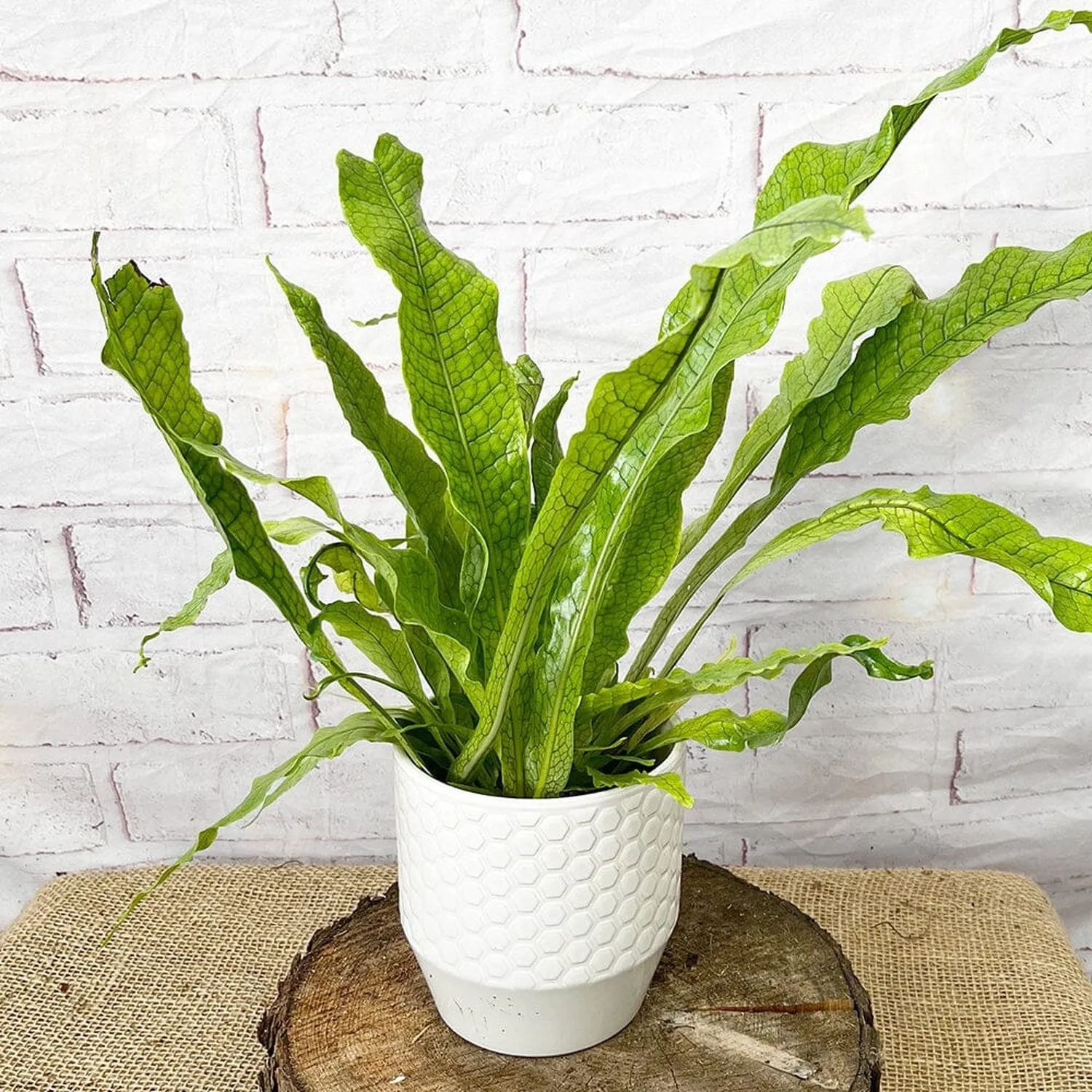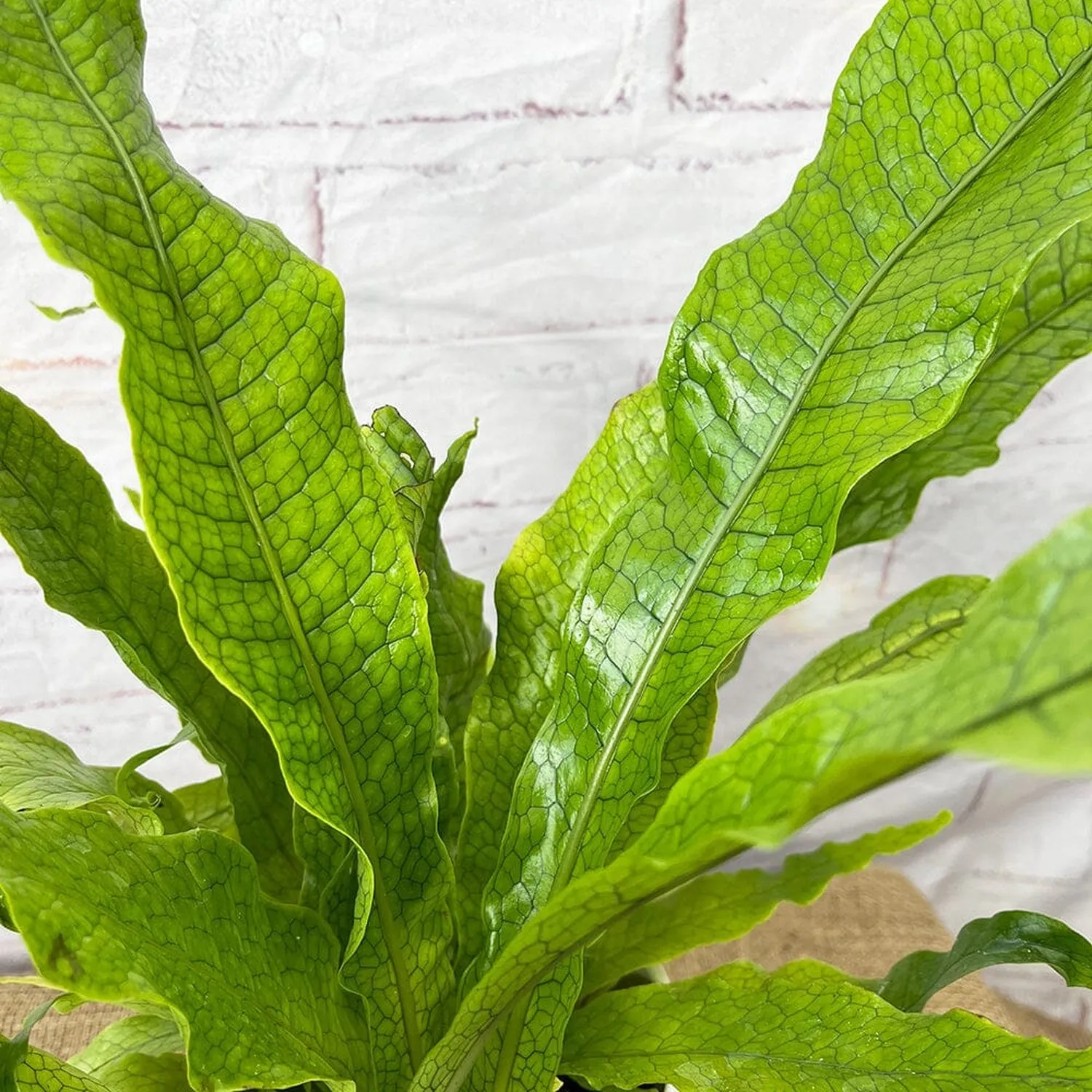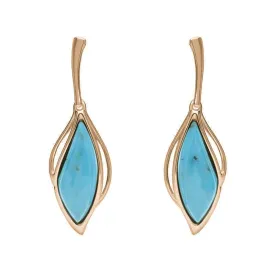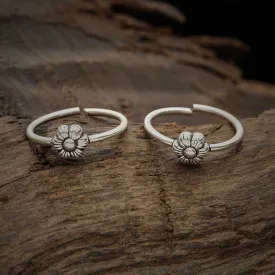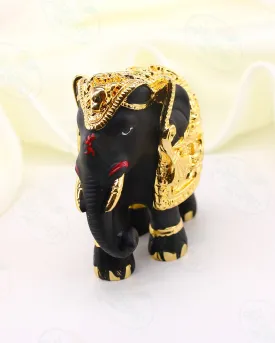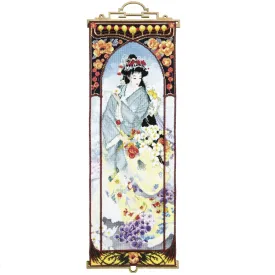"Microsorum Crocodyllus", commonly known as the Crocodile Fern, is a distinctive and intriguing houseplant, part of the fern family. It gets its name from the unique pattern of its foliage, which resembles crocodile skin. Below is a detailed description and care guide for the Microsorum Crocodyllus.
Description of Microsorum Crocodyllus:
- Leaves: The most striking feature of the Crocodile Fern is its elongated, glossy green leaves that have a textured, scale-like appearance, reminiscent of crocodile skin. This unique patterning makes it a visually appealing plant.
- Size and Growth Habit: This fern typically grows in a compact, bushy form and is known for its moderate growth rate. It can reach a sizeable spread, making it a good choice for indoor spaces.
- Fronds: The fronds are relatively broad and can grow quite long, adding to the plant's lush appearance.
- Rhizomes: It has creeping rhizomes that can extend over the soil surface and may occasionally need trimming or managing.
Care Guide for Microsorum Crocodyllus:
- Light: Prefers bright, indirect light. Avoid direct sunlight, which can scorch the leaves. It can tolerate lower light levels, but its growth may slow.
- Watering: Water when the top inch of the soil feels dry to the touch. Ensure the soil remains evenly moist but not waterlogged to prevent root rot.
- Humidity: Thrives in high humidity environments. If your home is dry, consider using a humidifier or placing the plant on a tray with water and pebbles. Misting can also be beneficial.
- Temperature: Prefers warm conditions, with ideal temperatures ranging between 18-24°C. Protect from cold drafts and sudden temperature changes.
- Soil: A well-draining, rich organic potting mix is suitable. A mix designed for ferns or tropical plants works well.
- Feeding: Fertilize sparingly with a diluted, balanced liquid fertilizer during the growing season.
- Repotting: Repot every 2-3 years, or when it outgrows its pot. Be gentle with the roots during repotting.
Common Issues:
- Brown Tips on Fronds: Often a sign of dry air or under-watering.
- Yellowing Leaves: Can indicate over-watering or poor drainage.
- Pests: While not particularly prone to pests, watch for signs of common indoor plant pests like spider mites.
Additional Tips:
- Regularly clean the leaves with a damp cloth to maintain their glossy appearance and help with photosynthesis.
- Prune away any dead or yellowing fronds to encourage healthy growth.
- Rotate the plant occasionally to ensure even growth.
The Crocodile Fern, with its unique, textured leaves and relatively easy care requirements, is an excellent choice for adding a touch of the exotic to your indoor plant collection. Its distinctive appearance makes it a conversation starter and a favorite among plant enthusiasts.




